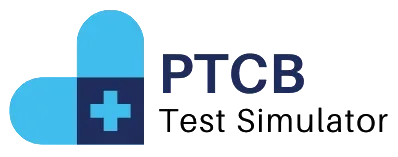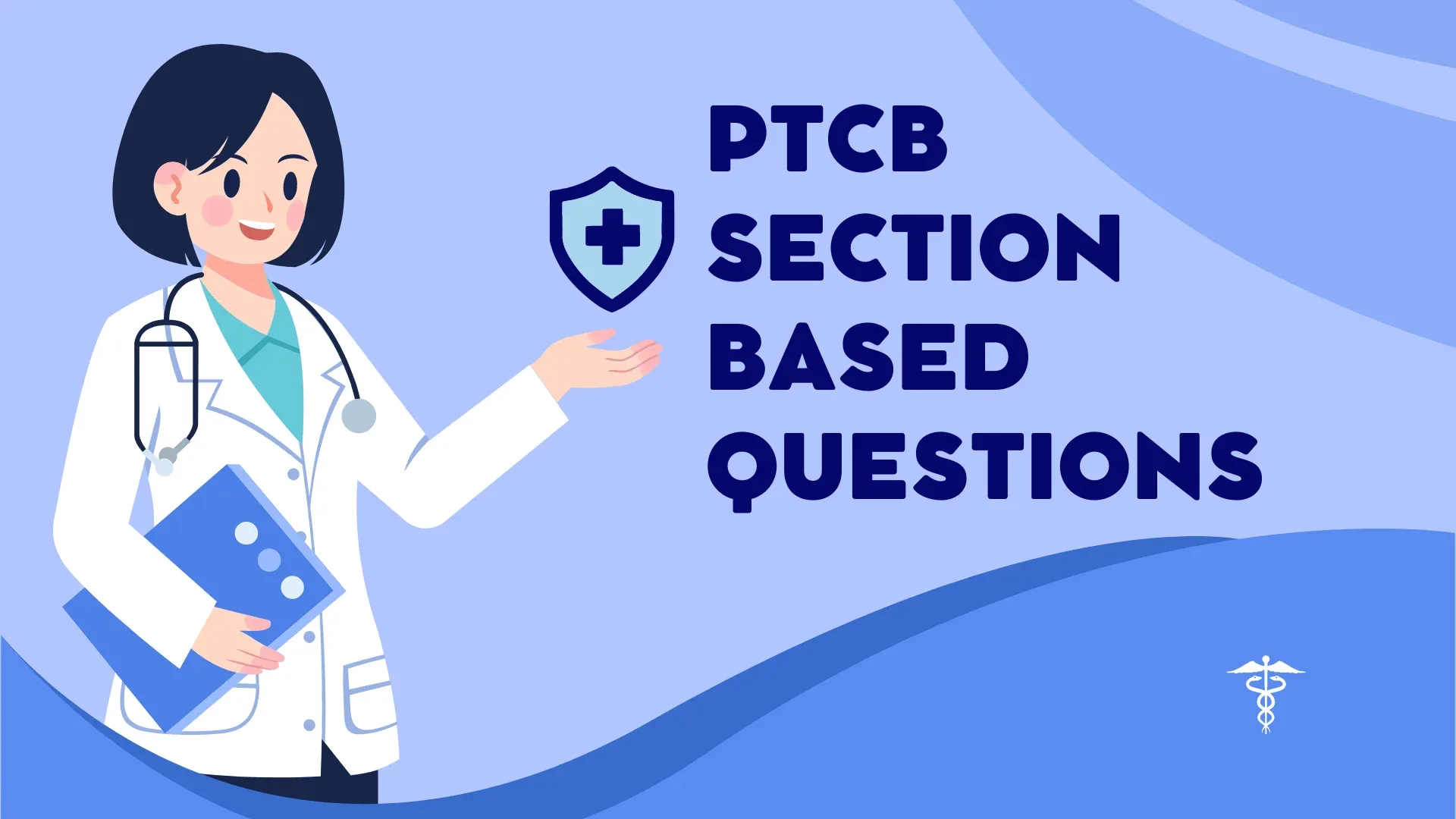PHARMACY PRESCRIPTIONS QUIZ
The role of pharmacy technicians is crucial in healthcare, especially when filling prescriptions and providing medications to patients. They also assist pharmacists. Candidates must be able to demonstrate that they have a good understanding of prescriptions in order to pass the Pharmacy Technician Certification Board exam. This includes reading, interpreting, and understanding drug interactions. The focus of this article is a pharmacy prescription quiz, which will help prepare you for the Pharmacy Technologist Certification Exam.
Try More Practice Tests
Understand Pharmacy Prescriptions for PTCB
The prescription is a legally-binding document that allows pharmacists to dispense medication to their patients. These documents contain important information such as the name of a drug, the dosage, the route of administration and frequency. You must be able to read and understand these prescriptions accurately as a pharmacy technologist in order to provide safe dispensing of medications and ensure patient safety.
The Key Components in a Prescription
- Patient information: Contains the name of the patient, their address and, sometimes, age or weight. This can be vital for dosage calculations.
- Information for Prescribers: Contains information about the prescribing physician, including contact details and DEA numbers (Drug Enforcement Administration).
- Date Of Prescription Indicates the date of prescription. This is important to determine validity and re-fills.
- Name of Drug and Strength: Indicates the drug and its strength dosage (for example, 500mg).
- Quantity Instructions: Describes how to take the medication (e.g. “Take two tablets twice daily”).
- Information about Refill: Indicates whether and how often the prescription may be filled.
- Signature : Validates the prescription with the prescriber’s sign-off.
Take the Pharmacy Prescription Quiz to Practice for PTCB
This sample quiz is designed to test the knowledge you have about pharmacy prescriptions. It contains questions similar to those that may be asked on the Pharmacy Technician Certification Exam.
Answer 1: What is the prescription?
The prescription says “Amoxicillin, 500mg, TID, for 10 days.” What is “TID?” A) Twice daily B) Three time a week C) One day D) every four hours
Question: A) 3 times per day
– Explanation : “TID”, which stands for “ter In Die,” means “three times per day.” The frequency of the medicine should be indicated.
How to Calculate Dosage
The prescription states that 10mL should be administered every six hours. What is the correct number of milliliters to be given for a seven-day course: A) 140mL B), 240mL C), 280mL D)400mL
Answer: (C) 280ml
Explanation : In order to calculate the total dose, multiply the dose amount by how many days there are.
- The number of doses in a day is 24 hours divided by 6 hours, which equals 4 doses
- Total doses for 7 days = 4 doses/day x 7 days = 28 doses
- The total volume of the dispensed doses is 28 x 10mL/dose. This equals 280mL.
Identifying errors in prescriptions
The prescription reads “Lisinopril, 10 mg 1 tablet daily.” The pharmacy has only Lisinopril tablets of 20mg in stock. You should A) Give the patient half of a 20 mg tablet every day. B) Give the 20mg tablets to the patient and tell them that they should take a tablet every two days. For further information, consult the prescriber or pharmacist. D) Direct the patient to a different pharmacy.
Question: (C) Ask the pharmacist for more information.
Explanation : A pharmacy technician must consult a prescriber or pharmacist before making any changes to a prescription. It is best to consult a pharmacist or prescriber before dispensing medication.
Understanding Controlled Substances
Of the following, which is classified as Schedule II controlled substances? Alprazolam Oxycodone Codeine Tramadol
Answer: B) Oxycodone
Explanation Schedule II controlled drugs have high abuse potential and are highly addictive. Schedule II is a classification for Oxycodone. This powerful opioid requires strict regulations in the prescribing and dispensing of this drug.
What is the answer to Question 5?
The prescription of a non controlled medication indicates “3 refills”. How many refills are left after the patient has used one?
Answer: B) 2
Explanation : Two refills will remain if a prescription is valid for three and only one refill has been consumed. To ensure accuracy, pharmacy technicians need to keep track of the refills.
Prepare for the PTCB Exam with these Tips
Consider these tips to prepare effectively for the Pharmacy Technician Certification Exam, particularly the section regarding pharmacy prescriptions:
- Sample Quizzes: Complete practice quizzes regularly to improve your knowledge of prescriptions. It helps to build your confidence, and it identifies any areas that need improvement.
- Learn Prescription Terminology Familiarize with the common abbreviations, terms and acronyms used in prescriptions, including BID, TID and PRN. Understanding these terms will help you to interpret the prescription correctly.
- Learn Drug Classifications : Understand different drug classes, their risks and how they are related to controlled substances. It is important to have this knowledge for the safety of patients and in order to comply with regulatory requirements.
- Read Regulations and Guidelines Understand the rules and guidelines governing pharmacy practices, such as those relating to controlled substances and prescription validity.
- Get a mentor If you can, try to work with an experienced pharmacist.
You can improve your performance on the Pharmacy Technician Certification Exam by following these tips.
The conclusion of the article is:
Understanding how to interpret and read pharmacy prescriptions is essential for pharmacy technicians. This article contains a sample quiz to prepare you for the PTCB examination. You can improve the accuracy and safety of dispensing by focusing on prescriptions and dosage calculations. This guide will help you to improve your knowledge, and gain the confidence necessary to succeed in your journey to Pharmacy Technician Certification. Best of luck to you!


